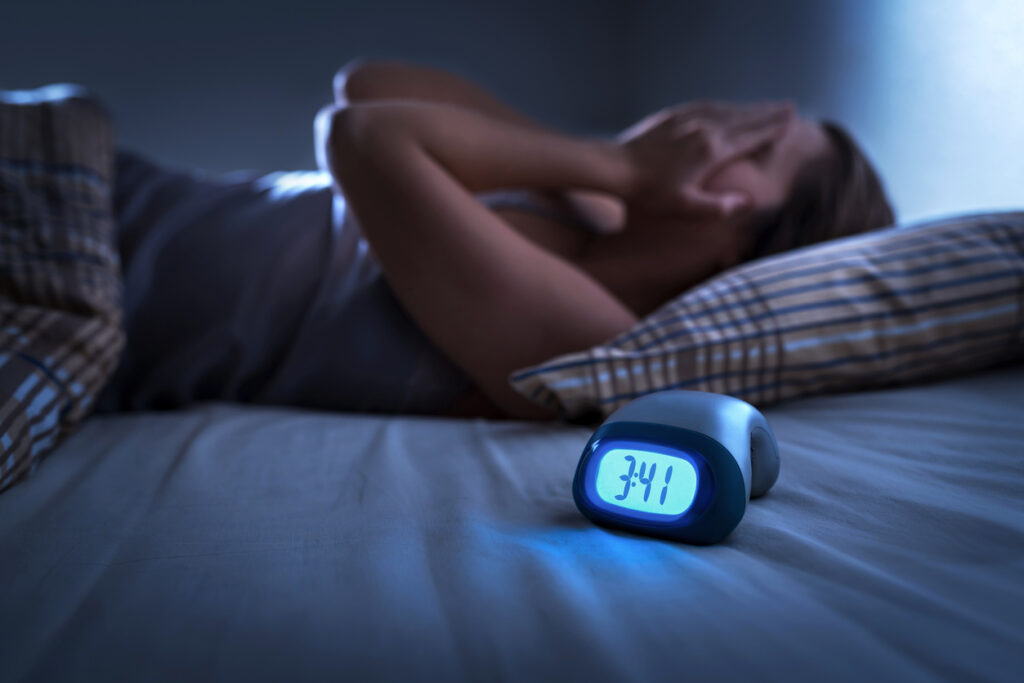Late-Night Worries ─ Investigating the Prevalence of Adult Sleep Disorders

Sleep is a fundamental aspect of human well-being, essential for physical and mental health. However, for many adults, a peaceful night’s sleep remains elusive. Sleep disorders have become increasingly prevalent, affecting millions of people worldwide.
This article delves into the prevalence of adult sleep disorders, shedding light on the various conditions that disrupt our slumber.
The Importance of Quality Sleep
Quality sleep is vital for overall health and productivity. It plays a pivotal role in maintaining cognitive function, emotional well-being, and physical health.
Unfortunately, many adults grapple with sleep-related issues that compromise their daily lives. Read more to discover the profound impact of sleep disorders and the importance of seeking effective solutions to ensure a restful night’s sleep.
Common Sleep Disorders

Source: starmedicalassociates.com
Insomnia
Insomnia is one of the most prevalent sleep disorders among adults. It is characterized by difficulty falling asleep, staying asleep, or experiencing non-restorative rest. Stress, anxiety, and lifestyle factors often contribute to insomnia. The condition can lead to daytime fatigue, irritability, and impaired concentration.
Sleep Apnea
Sleep apnea is a serious disorder where a person’s breathing repeatedly stops and starts during bedtime. It can result in loud snoring and severe fatigue during the day. Untreated sleep apnea is associated with an increased risk of heart disease, stroke, and other health issues.
Restless Leg Syndrome (RLS)
RLS is a neurological disorder that causes an irresistible urge to move the legs, usually accompanied by uncomfortable sensations. These sensations worsen at night, making it difficult to fall asleep and stay asleep. RLS can significantly disrupt patterns.
Narcolepsy
Narcolepsy is a chronic neurological disorder that affects the brain’s ability to regulate sleep-wake cycles. People with narcolepsy experience sudden and uncontrollable episodes of daytime sleepiness, often accompanied by cataplexy (sudden muscle weakness). This disorder can interfere with daily activities and lead to accidents.
Prevalence and Impact

Source: ems1.com
Research suggests that disturbances are more common than previously believed. Approximately one-third of adults report occasional insomnia, while around 10% suffer from chronic insomnia. Rest apnea affects up to 20% of the adult population. RLS and narcolepsy are less common but can have a profound impact on those affected.
The consequences of untreated disorders can be severe. Poor bedtime quality is linked to a higher risk of developing chronic health conditions like diabetes, obesity, and cardiovascular disease. They also contribute to workplace accidents and reduced productivity.
Seeking Help and Treatment
Recognizing the signs is the first step toward improving sleep quality. If you suspect you have a disorder, it is crucial to consult a healthcare professional. Diagnosis often involves studies conducted in specialized centers.
Treatment options vary depending on the specific disorder but may include lifestyle changes, cognitive-behavioral therapy, medication, or the use of devices such as continuous positive airway pressure (CPAP) machines for sleep apnea.
Conclusion
Adult sleep disorders are more prevalent than ever, affecting millions of individuals and taking a toll on their physical and mental health.
Recognizing the signs and seeking appropriate treatment is essential for improving quality and overall well-being. By addressing these issues head-on, we can work towards a world where everyone enjoys restful and rejuvenating nights of sleep.
